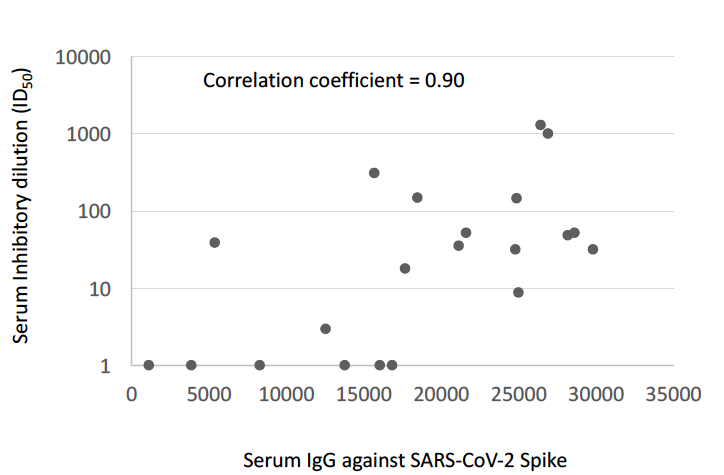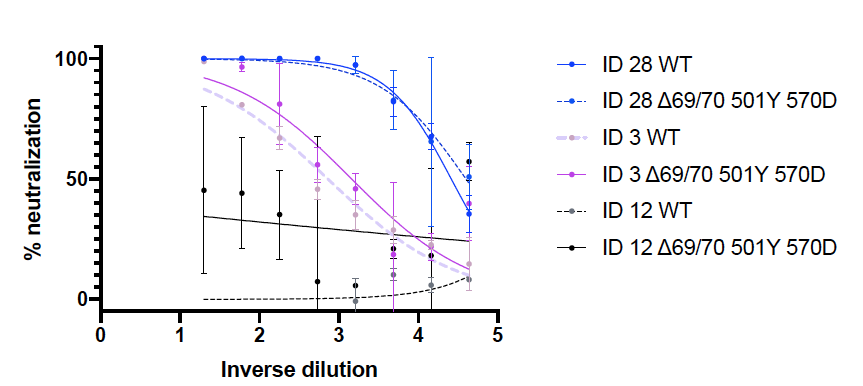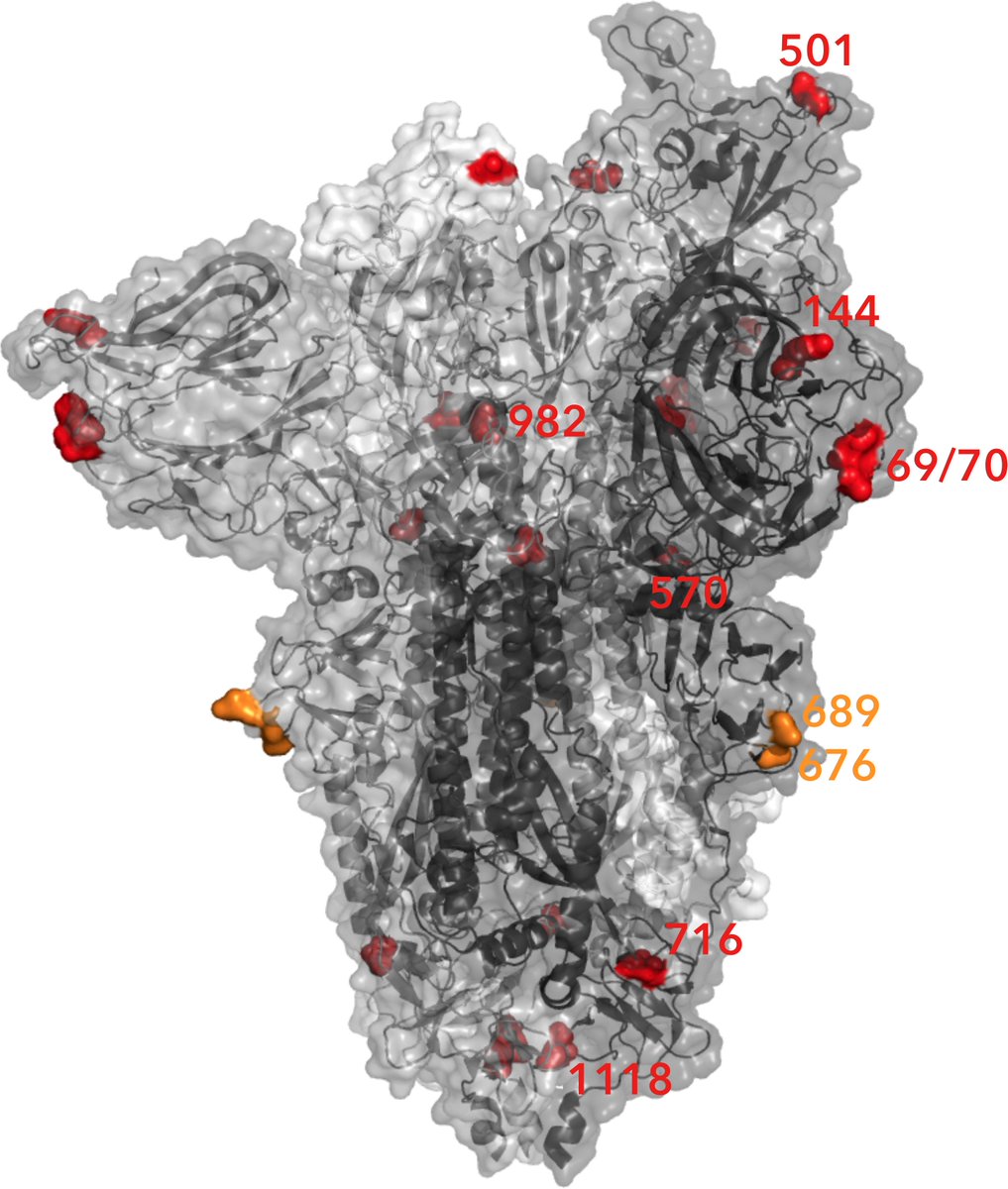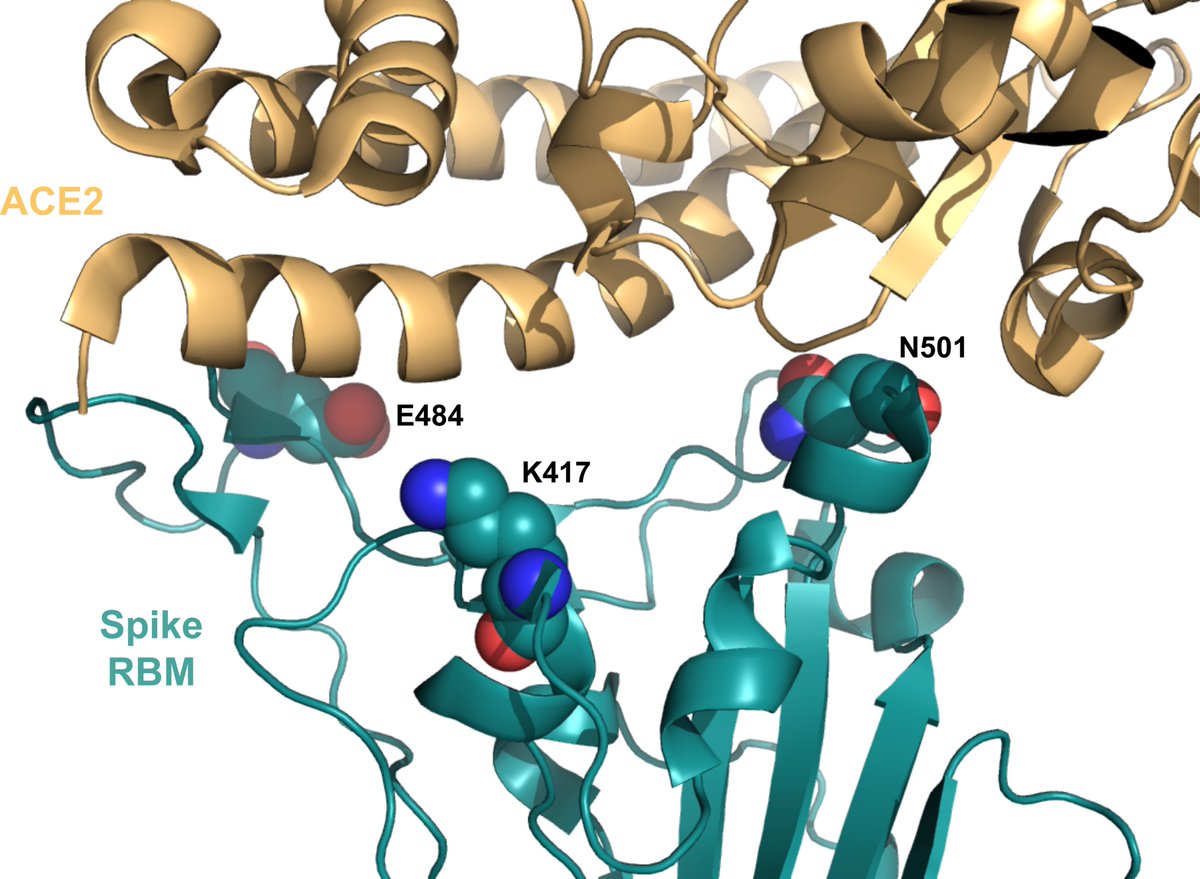
Sharing our analysis of neutralising antibody responses following Pfizer vaccine and convalescent plasma against B.1.1.7+/- E484K Spike pseudotyped virus. Big thank you to the team that made this possible @CUH_NHS @CambridgeBRC @OH_wellbeing @RealMcCoyLab nature.com/articles/s4158…
Antibody levels were much higher after the second dose as expected. Following the first dose, three times more serum was needed to block B.1.1.7 and following second dose around two fold more. This small change is only likely to be relevant in those with low antibody levels.
We also noted that B.1.1.7 viruses with E484K were transmitting in the UK. We tested vaccine and convalescent sera against B.1.1.7 Spike bearing pseudoviruses +/-E484K. There was a larger drop in neutralisation against B.1.1.7 E484K (vaccine sera 6x; convalescent sera 11x).
Take home: vaccines should be effective against B.1.1.7 in general, but we don't know about those with suboptimal immune responses. Transmission of variants with E484K on background of B.1.1.7 (and others) is a reality and may not be controlled. Modified vaccines are on the way.
• • •
Missing some Tweet in this thread? You can try to
force a refresh









